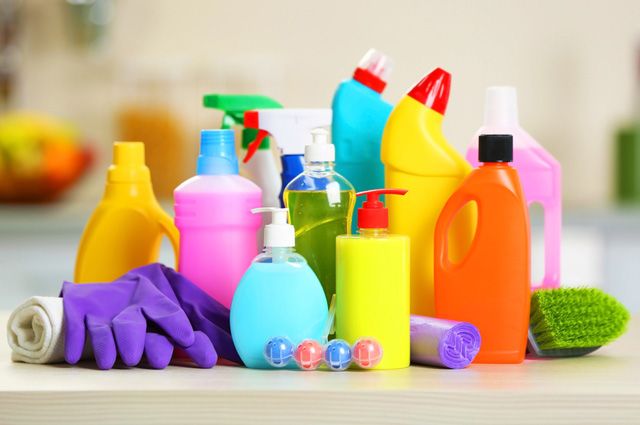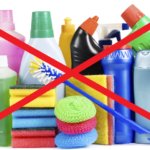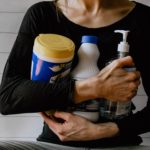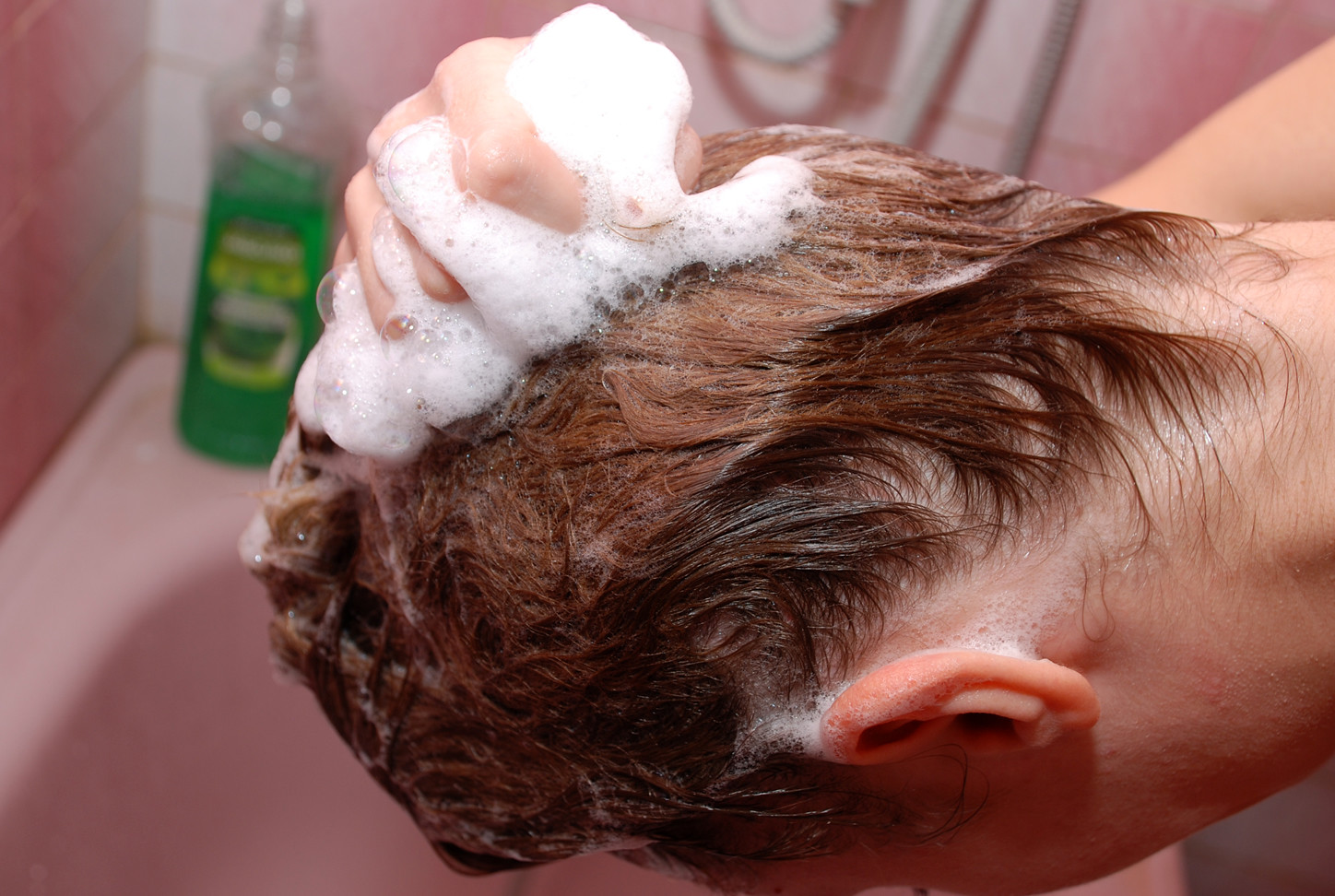6 most dangerous components in household chemicals
When buying another bottle of household chemicals, many of us don’t think much about looking at the ingredients. But often it is in it that you can find components that pose a potential threat to human health, and even to human life. Damage to the skin, eyes, respiratory tract and even the brain, as well as allergies, asthma attacks and the development of asthma - this is not a complete list of the dangers that chemical compounds pose.
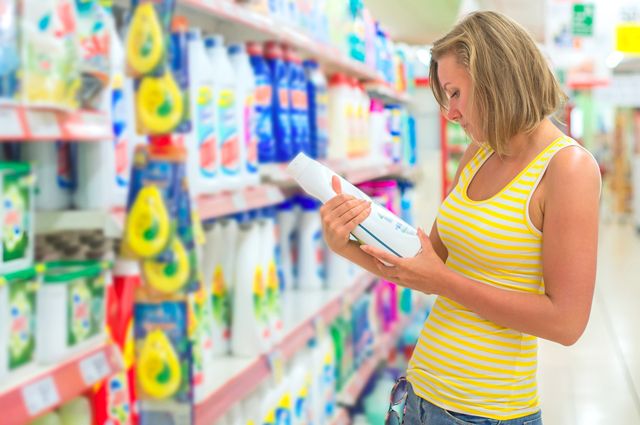
What substances in our usual cleaning products are dangerous, and how can we protect ourselves from them?
The content of the article
The most dangerous components in household chemicals
Both individual substances and their compounds can cause harm. So, what should NOT be included in cleaning products and detergents:
Phosphates and phosphonates
They soften water, reducing its hardness, and prevent the appearance of scale. As a rule, they are added to laundry powders and gels. In fact, a useful property. But with prolonged contact with a person they cause the most dangerous disorders:
- worsen the acid-base balance of the skin (for example, if you wear poorly rinsed clothes);
- reduce immunity;
- penetrating the body, they change the percentage of hemoglobin;
- change the density of blood serum, as well as protein content;
- disrupt metabolism;
- in high concentrations they affect the liver, kidneys, lungs, and nervous system;
- cause allergies and irritation.
In the composition on the label, these components can be designated as phosphate, phosphonate, NTA, EDTA, polycarboxylate.
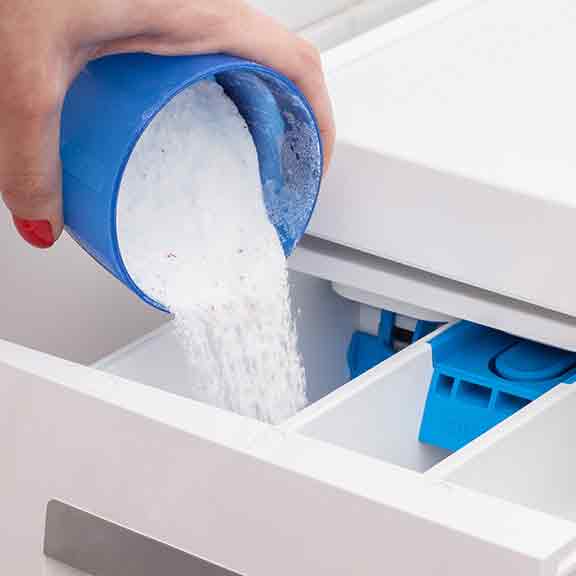
Formaldehyde and parabens
Both substances are used as a preservative, extending the shelf life of household chemicals.
Formaldehyde works like a time bomb, provoking the launch and development of oncological processes. It is included in the list of carcinogenic substances. In addition, its dangerous effects on the environment and animals have been proven.
The second preservative - paraben - can cause:
- stomach irritation and digestive disorders;
- growing pains;
- sleep disturbance;
- redness of the eyes, urticaria;
- allergic reactions in people.
On the packaging they are designated as formaldehyde and propylparaben, methylparaben, butylparaben.
Chlorine
Added to bleaches, dishwasher and hand wash detergents, disinfectants and mildew control products. With prolonged inhalation or contact with human skin, this substance causes hypertension, anemia, diseases of the cardiovascular system, and the development of atherosclerosis.
However, it is worth understanding that in small quantities the component does not cause negative reactions in the body. In order not to endanger yourself or your loved ones, it is very important to use the choir in the quantity specified by the manufacturer. Many chlorine-containing preparations can be used in a volume not exceeding a teaspoon per large amount of clean water.
Label designation: chlorine, hypochlorite, sodium hypochlorite, natriumperborate.
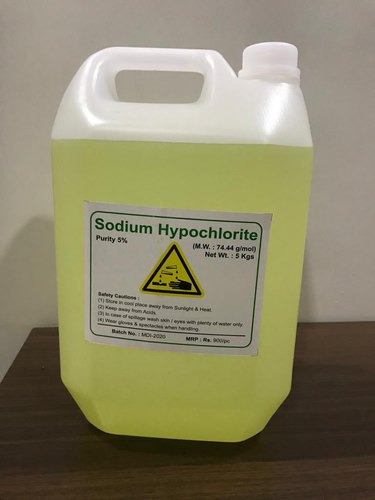
Triclosan
Known as an antibacterial component of liquid and solid cleaning products. It is credited with antibacterial, antifungal and anti-inflammatory effects, in particular, it is able to overcome up to 99.6% of microbes.BUT!
- changes the composition of the microbiome of the skin, mucous membranes of the mouth and intestines;
- disrupts the functioning of the endocrine system;
- leads to hormonal imbalance and inhibits reproductive functions;
- kills not only harmful, but also friendly and beneficial bacteria for our body;
- significantly weakens the immune system.
In addition, triclosan seriously harms nature: it poisons soil and water, and causes mutations in animals.
The most tricky component, since it can be labeled on the packaging by many names: triclosan, amicor, aquasept, bactonix, irgasan, DP300, microban, monolith, sanitized, sapoderm, ster-zac, ultra-fresh.
Propylene glycol
Used in liquid detergents, it functions as a stabilizing agent for enzymes present in the product, as well as a solvent and diluent.
In fact, it is not toxic and not dangerous, but it is still not worth abusing it, since it can cause itching, irritation, dryness or an allergic reaction of the skin, mucous membrane of the eyes or respiratory tract.
Label designation: propylene glycol
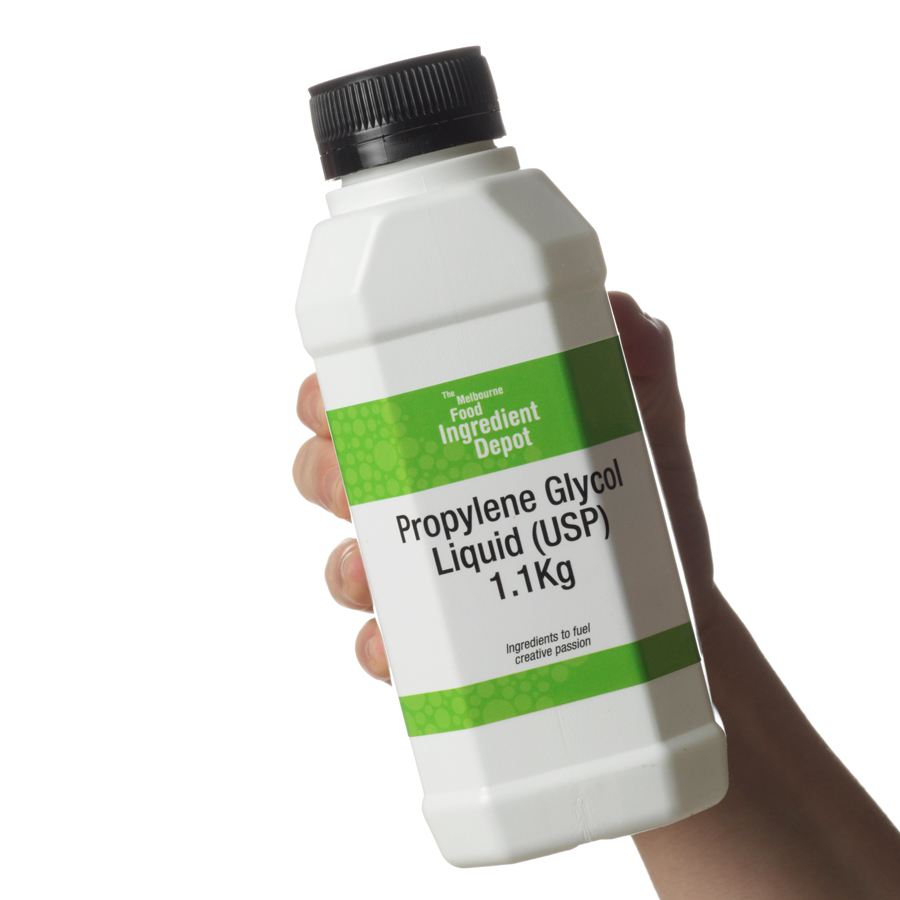
SLS and SLES
They break down fats and are responsible for lush foam in dishwashing detergents and washing powders.
By themselves, they are not carcinogenic, but when mixed with other substances in detergents, the risk of cancer increases many times over. When heated, toxic fumes are released that are practically not removed from the liver!
Hidden under: sodium laureth sulfate, sodium lauryl sulfate. And, of course, SLS and SLES.
How to avoid harmful household chemicals
How to protect yourself from dangerous drugs? After all, often the font on the label is such that it can only be read if you magnify it a thousand times.Sometimes it seems that the manufacturer specifically writes components in microletters in order to lull our vigilance. In the meantime, the question is about health, and sometimes life.
- Still, try to carefully study the composition. If this is completely impossible to do, then there is a high probability that such a move is a special idea so that a person does not see the above-mentioned substances there.
- If you don’t have the time or desire to read bottles of household chemicals every time, pay attention to eco-products. It is completely harmless neither to humans nor to nature. Yes, such products will cost an order of magnitude more, but, whatever one may say, first of all you need to think that they are created on the basis of natural ingredients and will not cause harm to the body.
- Some household chemicals can be replaced with folk recipes. For example, washing dishes with soda or mustard powder, and washing the floor with vinegar or citric acid is safe and practically free.
